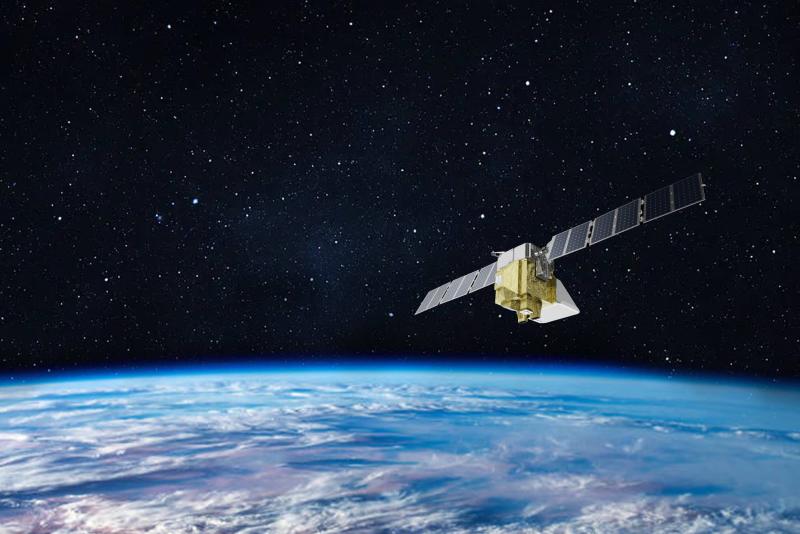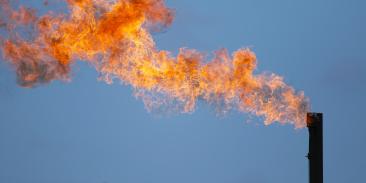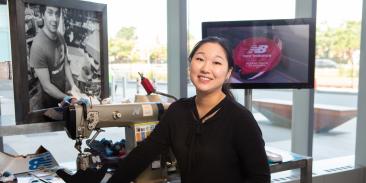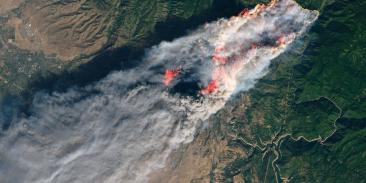Why our methane-detecting satellite showed it’s time for climate action to aim sky-high
By Fred Krupp, President
Despite the global understanding of the devastating impacts of climate change and the amazing growth of clean energy, the world is far behind in cutting the pollution responsible. Business as usual is not a solution. And if anything, opposition to climate action from political leaders may take us backward. We need to think bigger, and that requires taking big risks.

My organization took a big risk in 2024 by launching a satellite, MethaneSAT, to measure climate pollution, track progress and hold countries and companies accountable for cutting it. It took years to develop, millions to build and fly, and two weeks ago it went dark, permanently losing communication with controllers. So was it worth it? Emphatically, yes.
The satellite advanced the technological frontier of space-based remote sensing with unparalleled new capabilities. Beyond delivering revolutionary data that will help us drive down climate pollution, it showed the value of taking bold risks — and accepting the setbacks that come with them.
Our goal with MethaneSAT was not to launch a satellite, but to cut pollution. Methane from fossil fuel operations, agriculture and other sectors is driving almost one-third of current global warming. Specifically, our goal is to reduce methane emissions by 75% from the oil and gas sector by the end of 2030. In its one year in space, this technology vastly accelerated our progress toward that.
The methane detection instrument designed for this satellite proved, in the face of significant early skepticism, that it is possible to measure methane concentrations over wide areas with amazing precision, tracking differences in concentrations as small as just two parts per billion.
We have collected massive amounts of data, including on small sources that account for most methane pollution — MethaneSAT’s unique ability. Once fully analyzed and released, it will provide a far more comprehensive view of what many major oil and gas producers around the globe are emitting. We have developed new analytics to track those emissions backward to their source. What’s more, we have significant technology on the shelf for use in similar efforts — breakthrough algorithms and the software to process the data efficiently and quickly.
The lesson of MethaneSAT is that — even as we push for better government policies — advocates, scientists and companies must be willing to make big bets. While they can’t be a replacement for sound public policy, the private sector and nonprofits can add significantly to the push for a cleaner economy, and be a laboratory for cutting-edge ideas.
The partnership of science-based nonprofits and technology companies, in particular, can be a powerful combination. That’s because data can drive action and accountability — especially as the U.S. government cuts off access to critical climate information. Just last week, the Trump administration shut down the U.S. Global Change Research Program’s website, blocking information on how global warming is affecting the country.
Indeed, innovative climate solutions are even more important as we see the U.S. Congress working to roll back clean-energy investments — and making devastating cuts to federal support for science. It is now the responsibility of those working for a safer future to seize this moment. We need bold and innovative ideas more than ever. From more satellites — like Carbon Mapper, which is collecting important data on other aspects of this challenge — to methane-consuming bacteria that can reduce emissions from landfills.
The loss of our satellite will not stop us from aggressively pursuing this work. Limiting methane pollution is still the fastest way to reduce warming in the short term. We cannot pause in this vital effort. We will consult with partners and experts and find the best path forward. We don’t know what that will be yet, but we know that it will require taking risks. It is too late to rely only on cautious options.
This op-ed was previously published by World Economic Forum










